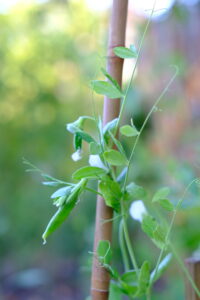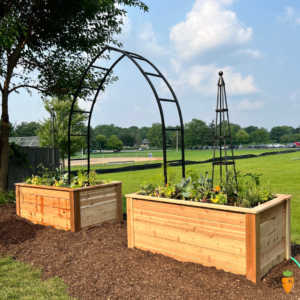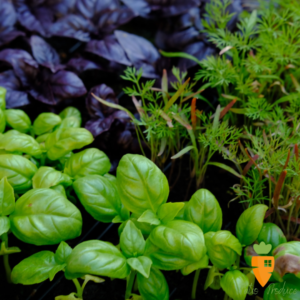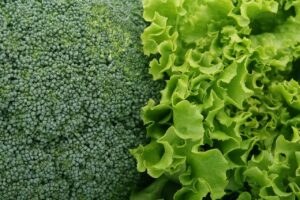The more gardeners I meet, the more I realize that we all want the same thing: beautiful, productive, and easy-to-maintain gardens. We can create those in so many different ways because it all comes down to planting the right plant in the right place. If a plant that needs a lot of sun is planted in a sunny space, you’re 90% of the way to success.
The mantra “right plant right place” applies to the non-vegetable garden parts of our yards just as much as it does to our herb and veggie gardens.
But how can you tell if you’ve got the right plant in the right place? One easy way to start is by planting plants which are native to your area.
You may have heard about the push in recent years for planting native perennials. In the Midwest, native perennials are plants like coneflowers, milkweed, and black-eyed susans. The beauty of planting natives in a region where they have grown for thousands of years already is that they are incredibly hardy (they are very used to this climate, after all) and they support infinitely more native bees, birds, hummingbirds, and other insects. Planting native perennials all but ensures a low-maintenance garden that attracts so many more beneficial insects than you’d otherwise have.
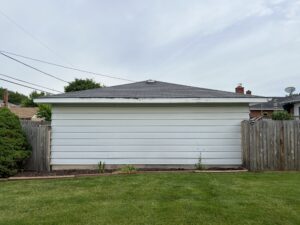 So when Maggie and Mel wanted to spruce up a section of their yard and valued enjoying it more than spending time maintaining it (I agree with these priorities!), I recommended native perennial plants. Once native perennials put down roots, they’ll survive just about any growing conditions Mother Nature throws at them.
So when Maggie and Mel wanted to spruce up a section of their yard and valued enjoying it more than spending time maintaining it (I agree with these priorities!), I recommended native perennial plants. Once native perennials put down roots, they’ll survive just about any growing conditions Mother Nature throws at them.
Maggie and Mel also wanted to create a home for a plant they received to memorialize one of their dogs who went over the rainbow bridge last year. I can personally say that he was such a kind soul and a wonderful boy. I was honored to create a peaceful space for his plant to grow and be a beautiful reminder of a wonderful life lived.
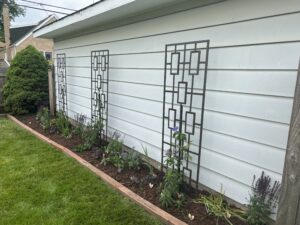 Blank canvases, like this bare garage wall here, are my favorite to work with. I added three trellises to take up quite a bit of vertical space and soften the stark white of the garage. Soon, the trellises will be full of purple clematis and yellow honeysuckle (Maggie’s favorite scent!), which will soften the wall even further.
Blank canvases, like this bare garage wall here, are my favorite to work with. I added three trellises to take up quite a bit of vertical space and soften the stark white of the garage. Soon, the trellises will be full of purple clematis and yellow honeysuckle (Maggie’s favorite scent!), which will soften the wall even further.
At ground level, we decided to plant exclusively native plants to create a dreamy wall of purple and blue with little pops of yellow now and again. Salvia, catmint, and asters provide constant purple and blue blooms throughout the growing season while classic daylillies and black-eyed susans interject with yellow every now and again.
 This is a space that I want to keep coming back to year after year. It’s already stunning and will become more and more beautiful with time as the natives fill in. Most importantly, Maggie and Mel’s pup’s plant looks like it belongs now. We created a home for the special plant that complements and showcases it. I can’t think of a better way to honor a family member.
This is a space that I want to keep coming back to year after year. It’s already stunning and will become more and more beautiful with time as the natives fill in. Most importantly, Maggie and Mel’s pup’s plant looks like it belongs now. We created a home for the special plant that complements and showcases it. I can’t think of a better way to honor a family member.
